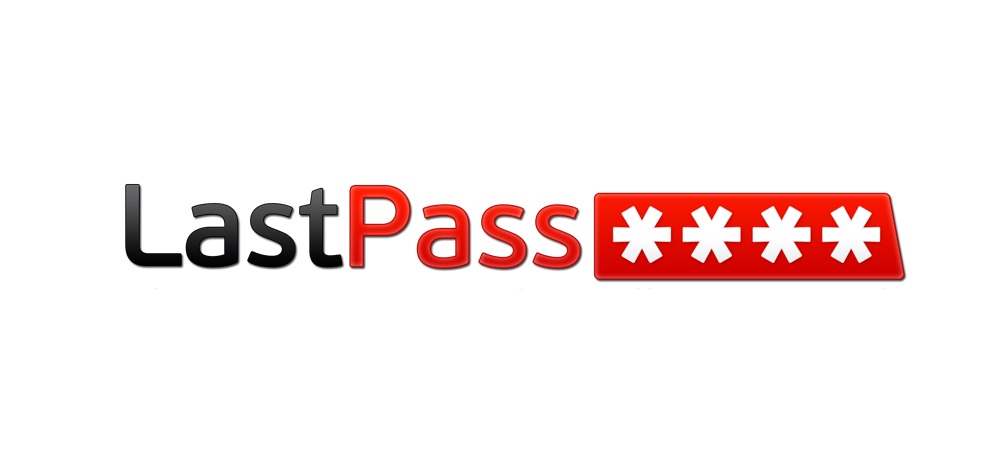In case you missed it: password managers are an essential tool for every Internet user. They eliminate the problem of password recycling (using the same password for multiple accounts), and they can mean the difference between a hacker breaching just one of your accounts, or your entire online identity.
A little while ago, we brought you our pick of the best password managers around. In this new series, we’ll take a closer look at each package – where they shine, how they work, and where they fall short.

This time, we’re focussing on LastPass from Marvasol, Inc. – a cloud-based password managing solution that boasts a slew of powerful features and ease of use to boot.
Quick Facts - LastPass:
The Great: Ultimate “set it and forget it” solution and almost thoughtlessly simple installation. Very easy and intuitive to use. Highly convenient. Very affordable premium upgrade.
The Not-So-Great: Cloud storage may not be everyone’s cup of tea. True mobile integration is a paid feature (though there are workarounds).
Runs on: Just about any platform, thanks to browser integration. Easy install apps offered for Windows (free), Mac OS (free), and apps offered for Android (Premium), iOS (Premium), Blackberry (Premium) and Windows Phone (Premium).
Many password managers store your data in files which are then manually synced. LastPass is different. Your information is kept securely on the company’s servers in what they’ve dubbed your ‘Vault’. It’s secure, but it’s also there whenever and wherever you might need it.
This setup holds some benefits for those who dislike complexity: firstly, there’s really nothing you need to do except sign up and install the browser plugin. Once that’s taken care of, you’re all set – no setting up file synchronisation, messing with settings or other difficult steps.
All of this makes it an excellent manager of choice for those who might be inexperienced, or otherwise would prefer to keep things as straightforward as possible.
(Perhaps) Not For The Paranoid
This system has its drawbacks, however. Those wary of storing their passwords on a company’s servers might feel more comfortable with another manager package, such as Dashlane or KeePass.
However, LastPass has responded to these concerns by ensuring that all data is encrypted with your master password before even leaving your computer.
In this way, LastPass can’t possibly access your data themselves, and even in the event of a company data breach, your data would be very … nay, extremely difficult for a hacker to decipher.
It Just Works
Once you install LastPass, most of your interaction with it will occur within your browser. And no matter which browser you use, there’s likely an extension for you: LastPass makes addons for Internet Explorer, Firefox, Opera, Chrome and Safari, to name a few.
To use the Android, Windows Phone or iOS app, however, you’ll need to be a premium subscriber. An alternative to this is simply to open LastPass in your mobile browser, making use of a simple copy and paste from your Vault to other websites.
Though some features might be locked off to paid users, it’s an almost trivial price to upgrade – on par with the average domain name registration.
At the time of writing, it’s just $10 USD: cheap in anyone’s language, especially given the enormous amount of features you’ll be getting.
Multifactor authentication that can even include biometrics, priority product support and tools for computers in restrictive workplace networks, multiple synced accounts and more.
Sharing and Ease of Use
In addition to passwords, LastPass also lets you store secure notes (useful for things like the answers to your secret questions, software serial numbers and other info), as well as Autofill data such as your date of birth, full name and anything else you’d rather not have to enter again and again.
Cautious types can relax, though, as entering this information is strictly optional.
Another handy feature is Password Generator, which single-handedly eliminates the hassle of choosing a strong password. It does the hard work for you, making completely separate login details for every site you sign up to.
LastPass makes sharing simple, utilizing a simple clickable icon next to each password in your Vault to make it happen. You can share passwords securely with other LastPass users free of charge, and as a premium user, you can even create Shared Folders for family, friends or co-workers.
Give LastPass a try and let us know what you think: tweet us at @breachalarm.
Not keen on cloud-based password managers, but enjoy convenience? Tune in next time for our review of Dashlane, a hybrid solution that aims to give you the best of both worlds.
